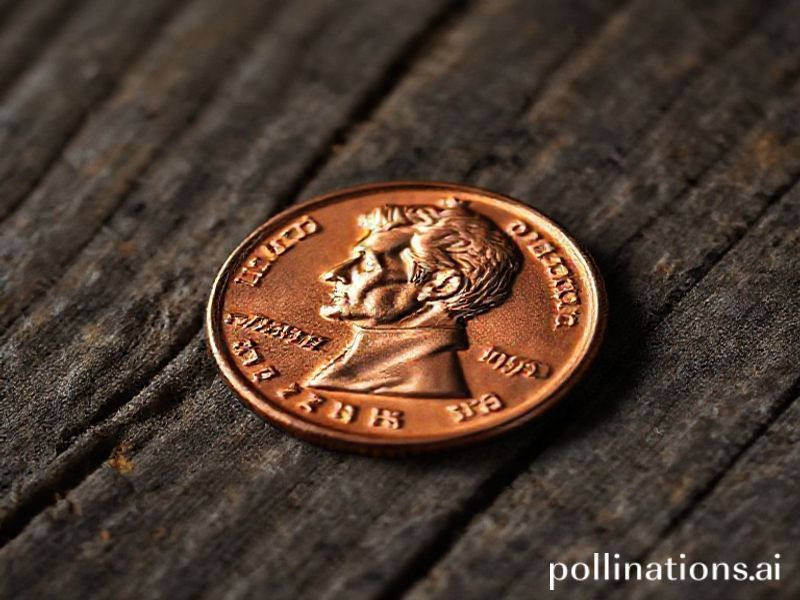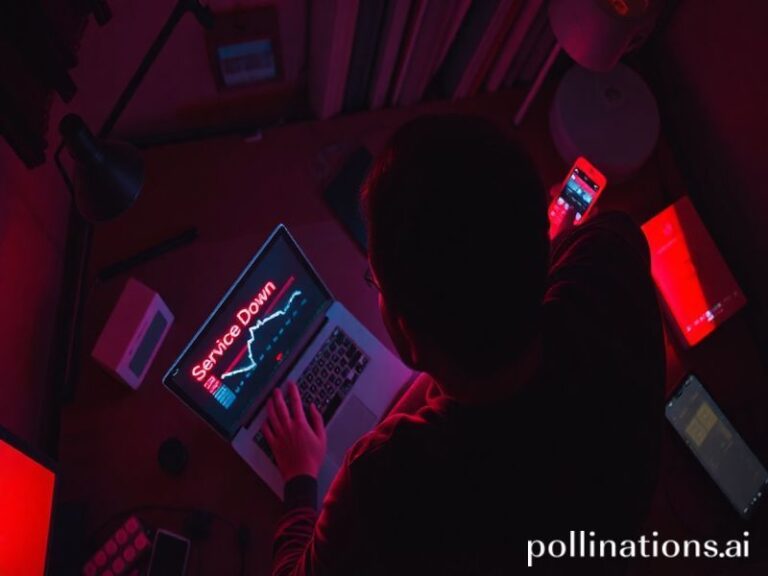The US Mint’s Viral Moment: When Currency Meets Internet Culture
# The US Mint’s Viral Moment: When Currency Meets Internet Culture
In the vast, chaotic landscape of the internet, trends come and go like fleeting whispers in a digital windstorm. But every now and then, something unexpected bursts onto the scene, capturing the collective imagination and sparking a global conversation. Enter the US Mint, an institution that, until recently, was about as exciting as watching paint dry. But thanks to a perfect storm of internet culture, political intrigue, and a dash of meme magic, the US Mint has found itself at the center of a viral frenzy.
## The Spark: A Presidential Portrait Fiasco
The story begins with a seemingly mundane task: updating the design of the US quarter to honor Maya Angelou, the legendary poet, memoirist, and civil rights activist. The US Mint unveiled the new coin, featuring a portrait of Angelou facing to the right. Cue the internet’s collective eyebrow raise. Why, you ask? Because tradition dictates that living individuals are depicted facing to the left on US currency. Dead individuals, on the other hand, face to the right. The internet, ever the stickler for rules (when it suits them), pounced on this perceived slight with the ferocity of a thousand keyboard warriors.
## The Meme Machine Kicks Into Gear
What started as a simple observation quickly spiraled into a full-blown meme fest. Twitter users, ever eager to jump on a bandwagon, flooded the platform with jokes, memes, and hot takes. The hashtag #USMint became a trending topic, with users sharing their own creative interpretations of the “controversy.” From Photoshopped images of Angelou’s quarter facing left to satirical tweets about the Mint’s “deep state” agenda, the internet was in rare form.
But why did this particular non-issue resonate so deeply with internet culture? For one, it’s a classic example of the internet’s love for absurdity. The idea that a government agency could be so out of touch as to break an unspoken rule about coin orientation is just ridiculous enough to be believable. It’s the kind of thing that feeds into the broader narrative of bureaucratic incompetence, a favorite punching bag for internet trolls and satirists alike.
## The Cultural Context: A Reflection of Our Times
The US Mint’s viral moment also speaks to the broader cultural moment we’re living in. In an era of deep political polarization, even the most innocuous of topics can become battlegrounds for ideological warfare. The internet, with its penchant for outrage and its insatiable appetite for content, is the perfect breeding ground for these kinds of debates.
Moreover, the US Mint’s saga is a testament to the power of internet culture to shape the narrative around even the most mundane of topics. What started as a simple observation about a coin design quickly morphed into a full-blown cultural moment, complete with memes, hot takes, and even a few think pieces. It’s a reminder that in the age of social media, nothing is too small or too insignificant to escape the internet’s watchful eye.
## The Social Impact: A Lesson in Digital Literacy
But the US Mint’s viral moment isn’t just about laughs and memes. It also serves as a valuable lesson in digital literacy. In an era where misinformation and fake news run rampant, it’s more important than ever to be able to discern fact from fiction. The US Mint’s saga is a case in point. What started as a simple observation about a coin design quickly spiraled into a full-blown conspiracy theory, with some users even suggesting that the Mint was deliberately trying to disrespect Angelou’s legacy.
The reality, of course, is far less sinister. The US Mint has since clarified that the decision to depict Angelou facing to the right was a deliberate choice, meant to honor her legacy and distinguish her coin from others in the series. But the fact that the internet was so quick to jump to conclusions speaks volumes about the state of digital literacy in the 21st century.
## The Significance: A Cultural Touchstone
So why does the US Mint’s viral moment matter? For one, it’s a reminder of the power of internet culture to shape the narrative around even the most mundane of topics. It’s also a testament to the internet’s love for absurdity and its insatiable appetite for content. But perhaps most importantly, it’s a valuable lesson in digital literacy, a reminder that in an era of misinformation and fake news, it’s more important than ever to be able to discern fact from fiction.
In the end, the US Mint’s viral moment may be a fleeting one, a brief blip on the radar of internet culture. But its significance is undeniable. It’s a cultural touchstone, a moment that captures the zeitgeist of our times and speaks to the broader cultural moment we’re living in. And who knows? Maybe one day, the US Mint will look back on this moment with a sense of pride, knowing that they, too, were once a part of internet history.







